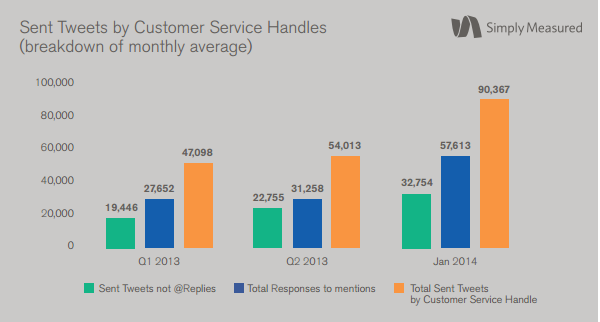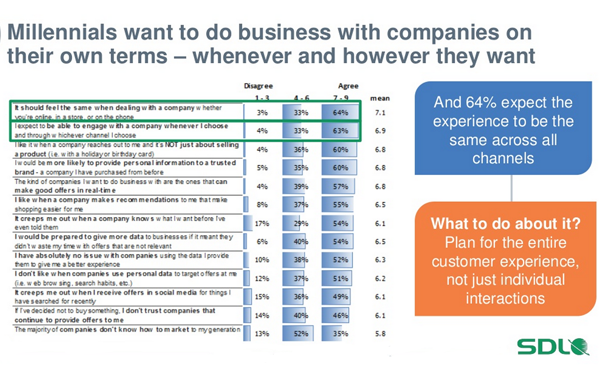Is a Customer Care Twitter Handle Right for You?

According to Sprout Social, 5 out of 6 messages to brands go unanswered. This is clearly unacceptable, but completely avoidable.
As many 'Net professionals know, Twitter remains one of the top social networks when it comes to where consumers are actively reaching out to brands for customer support. That said, many companies are opting for a dedicated customer service Twitter handle to monitor and respond to users. The question becomes: Is a dedicated customer service Twitter handle right for your digital enterprise? Well, it depends on how you answer these three questions.
1. Are You a Top Brand?
Like it or not, a brand's competition sets expectations and since 32 percent of top brands now have a dedicated customer service Twitter handle, other top brands should too. According to a Simply Measured Analytics study, consumers see the customer service dedicated handle - such as @AmazonHelp or @AskAmex - as a legitimate way to interact with the brand.

2. Are People Talking About You?
Perhaps the greatest way for companies to determine whether they need a dedicated customer support handle is to decide whether or not "enough" people are interacting with their brand (for customer service specifically) on Twitter to justify it. The only way to know this is to listen. Hootsuite and Sprout Social both let companies monitor brand mentions, by Twitter handle and by keywords, so it's a good idea to start there (or with whichever social media listening or management platform a business is using). What is "enough" is very subjective, of course, but if a brand is responding to customer service requests so often that it's reducing the visibility of its other tweets, then that could be considered "enough." This is because people may start to unfollow a brand's main Twitter handle because all they see are replies to customers, which could hurt a company's bottom line on social.
3. Is Your Audience Active on Twitter?
The most active group on Twitter is those aged 18-29, followed by 30-49 year olds. A company whose main demographics fall into these age ranges, should have a dedicated support handle, as these age groups are not only most active on Twitter, but millennials (those 18-36 years old) are also the ones that overwhelmingly expect to engage with a brand on whichever channel they choose. That said, if a brand is catering to mostly baby boomers, its time might be better served on a network that they are most active on, which isn't Twitter, so the likelihood of needing a dedicated customer service handle for this demographic is low.

Subscribe to Our Newsletter!
Latest in Social Media










